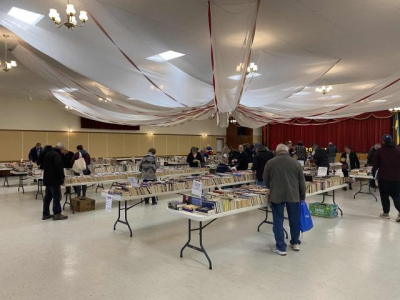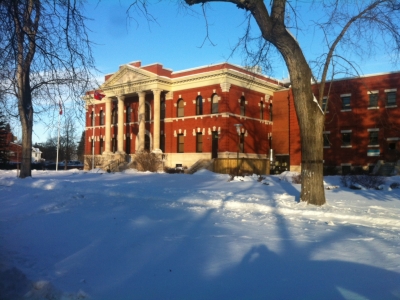This week in the Manitoba Crop Report generally saw scattered showers, cooler conditions, and some challenges as a result.
The combination led to fewer growing degree days, totaling 95% or less for this time of year.
The northwest was a bit lucky in the rain department, as we had some of the dryer conditions seen across the province.
Across the province, crops are beginning to move along well, though some are dealing with excess water and pest problems.
For Cereals, fall and winter crops have been treated for fusarium head blight, and winter crop conditions are generally quite good. Fall rye/winter wheat stands are at the milk to soft dough stage.
Grain corn currently ranges from V4 to V6, and Oats and Spring Wheat are averaging four-leaf stage to stem elongation. Some of the earliest crops are nearing head emergence though.
For Oilseeds, canola is between the rosette and flowering stages, Sunflowers are at the V8 to V12 growth stage and Flax crops range from growth stage 4 to 5. there are some locations in the interlake and eastern regions where canola is behind a full-growth stage.
Pulses and soybeans are a bit of a mixed bag. Soybeans range heavily from the first to third trifoliate stages, with development overall delayed due to the cooler temperatures. Field peas find themselves in the 8-10 node stages, and dry beans are in the first and second trifoliate stages.
Cattle are making the most of strong growth due to the moist soil conditions. Farms that are still calving may be supplementing on smaller paddocks close to the yard.
Dugouts and irrigation ponds are mostly recharged, with many rivers full, and some ditches with standing water in them. There seems to be an increase in skunks, raccoons, and coyotes this year, possibly due to the wet conditions in low-lying areas providing more cover.
Grass and forages are growing nicely, though are wanting more of the hot weather like everything. Bromes and ryegrasses are heading, and alfalfa is mid-flowering. Grasses have headed out, except for big blue stem and little blue stem grasses. It appears to be a promising hay crop ahead, with hopes that the rains will ease during harvesting.
To get specific to the northwest region, excess moisture is still the biggest problem. some areas have heavy isolated rains, keeping the soil saturated.
Field peas are continuing in the vegetative stage, and most advanced fields are starting to flower. They are looking good for the most part, depending on the region.
The majority of spring wheat is in the late tiller stage. Some areas are looking good, while other areas are moisture-stressed.
Canola crops continue to be quite varied. Some of the earliest seeded fields have bolted and are close to flowering, while some crops are still at seedling stage. Flea beetle pressure continues and requires multiple insecticide applications. With some areas being so saturated, spraying has been delayed, and controlling flea beetles has been a challenge.
Herbicide applications are ongoing as stages are reached; however, wind and wet conditions continue to challenge timely applications. Some poorer fields across the region are starting to bolt due to stress.
Soybean crops continue in vegetative growth and range from one to three trifoliate stages. Growth has been slow and would greatly benefit from some heat.
And finally, Winter wheat and Fall rye crops are headed out.
With a hot, muggy week on the way, growth is sure to be bolstered, but there is still a lot of concern over the amount of rain coming with it.
Until next week, stay safe, and best of luck in your respective fields.







